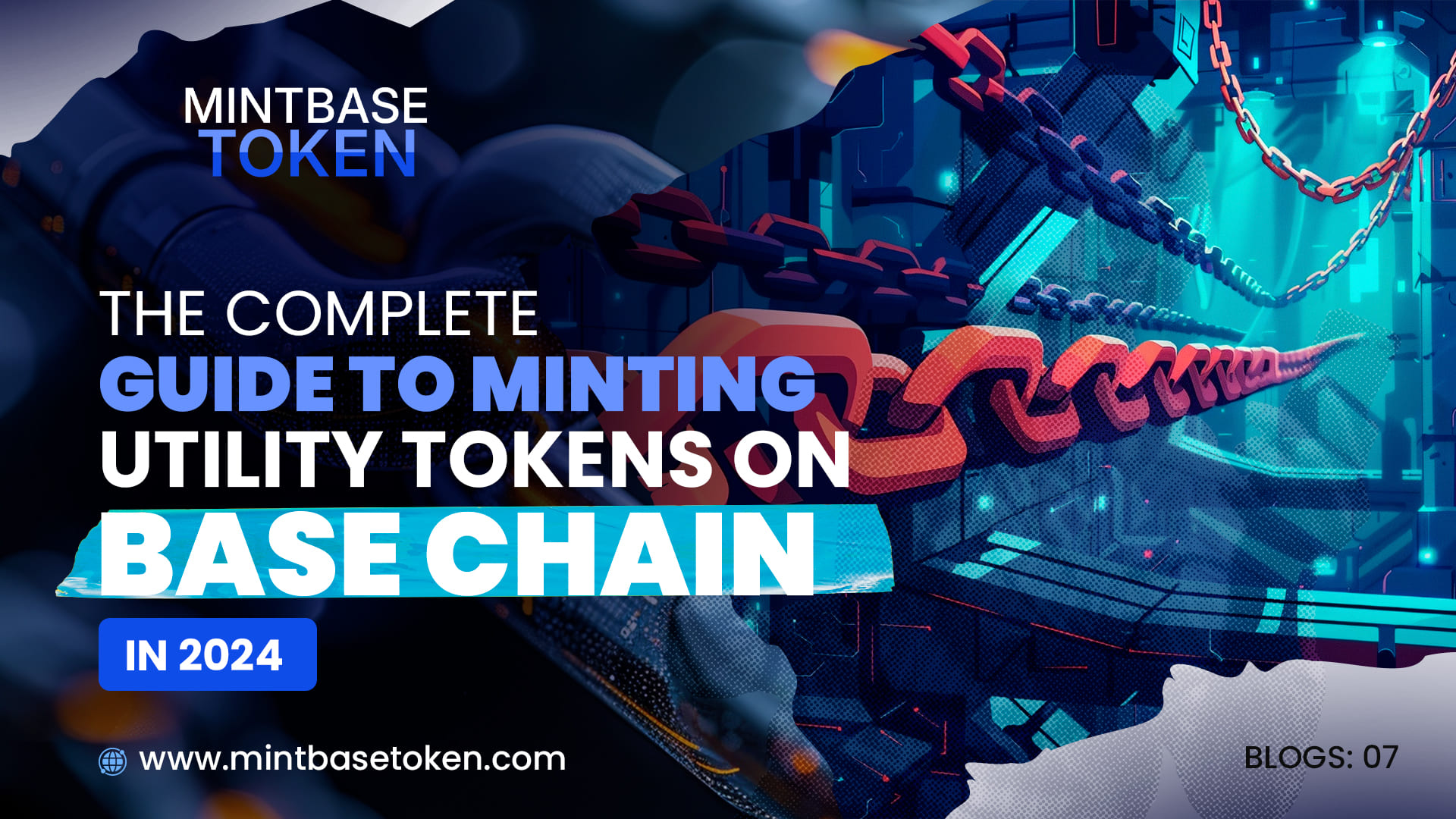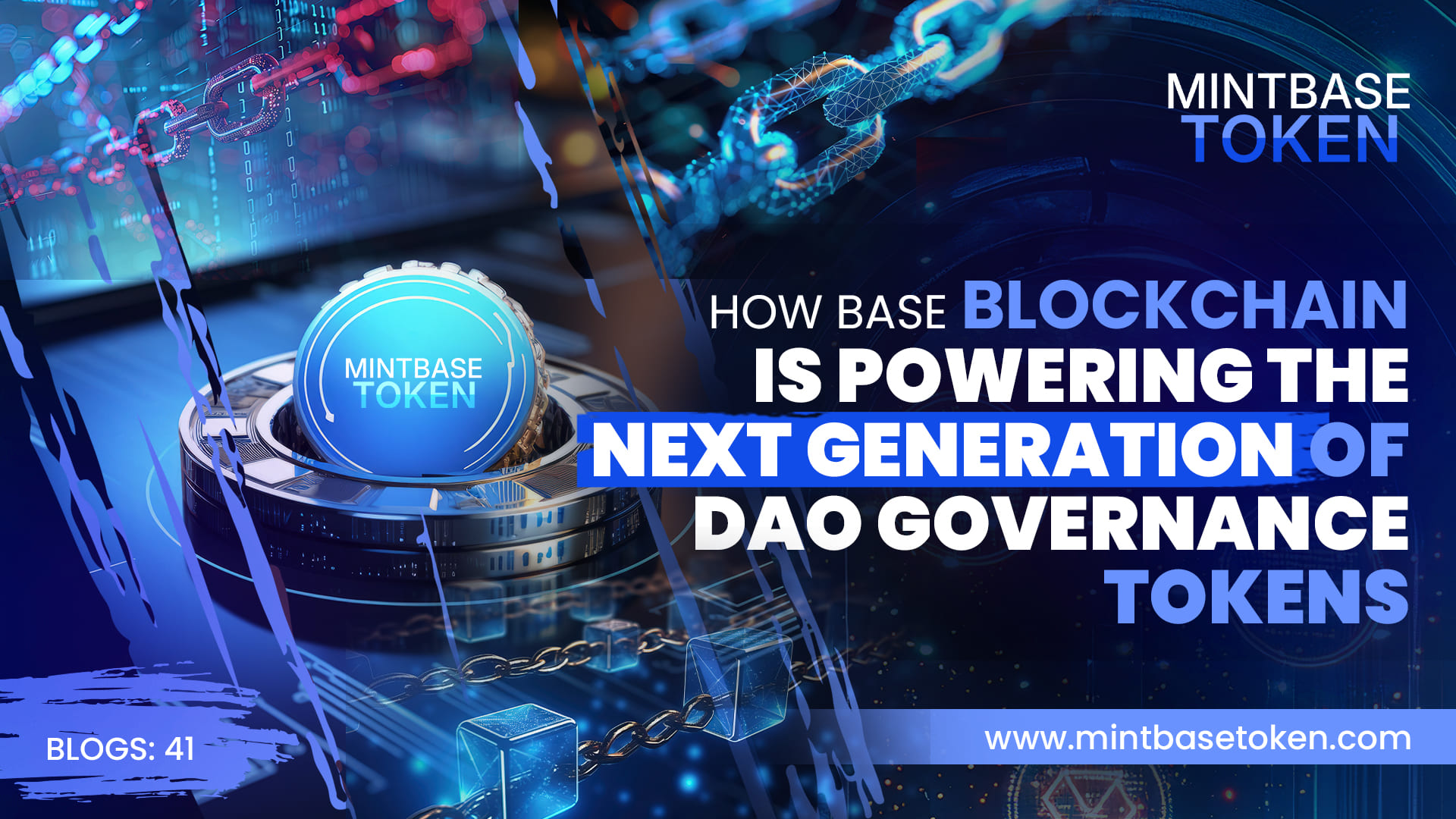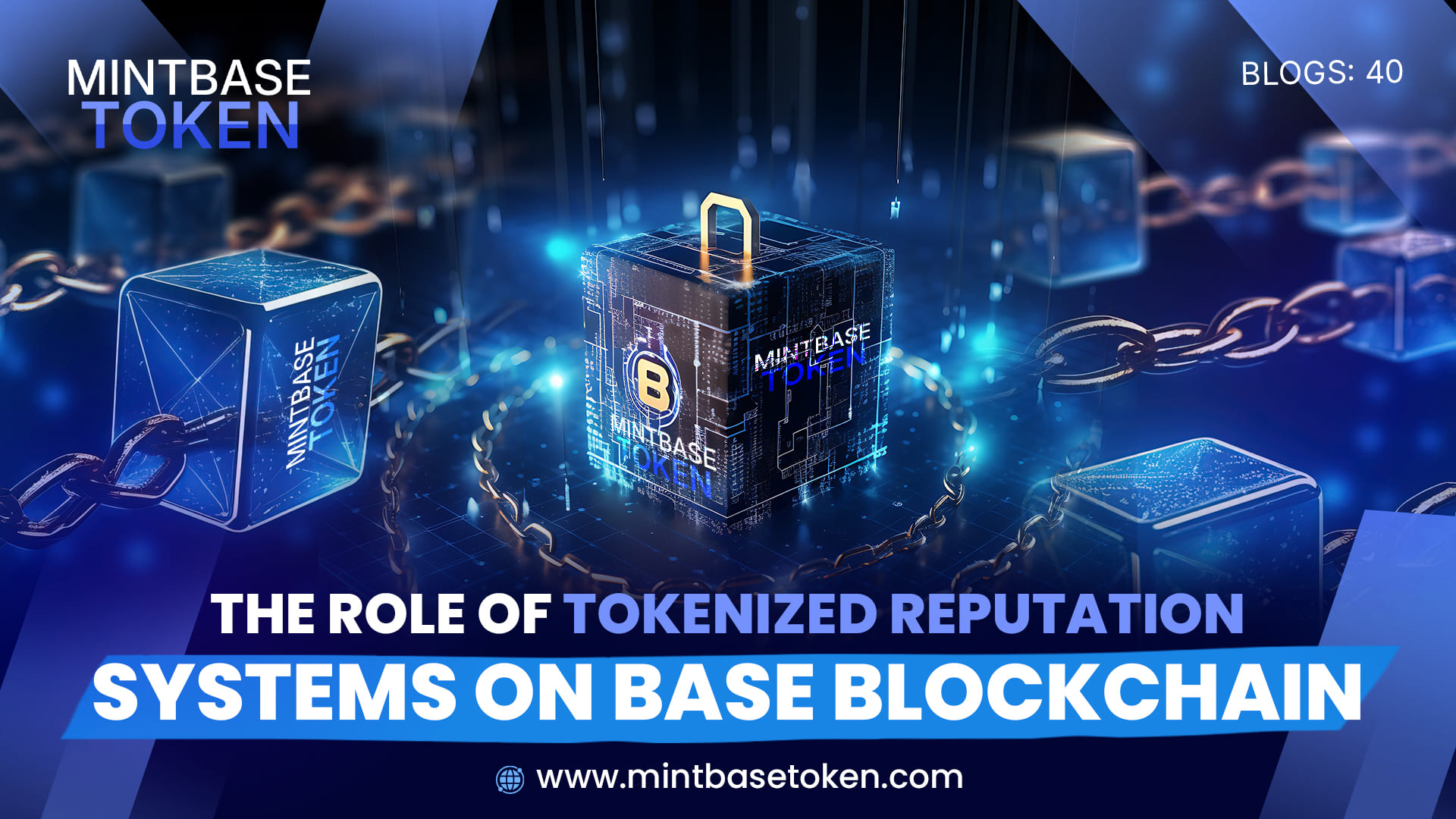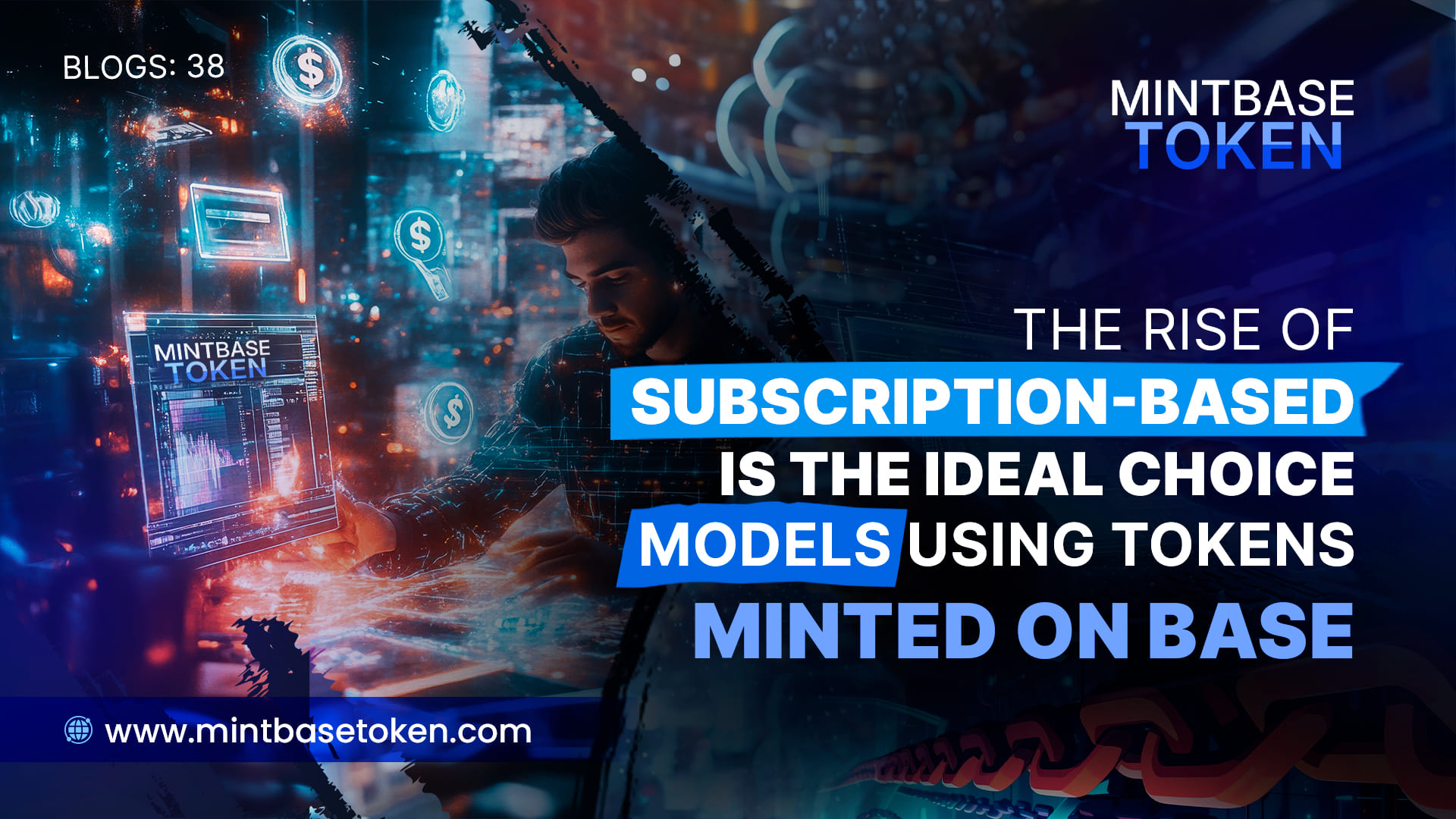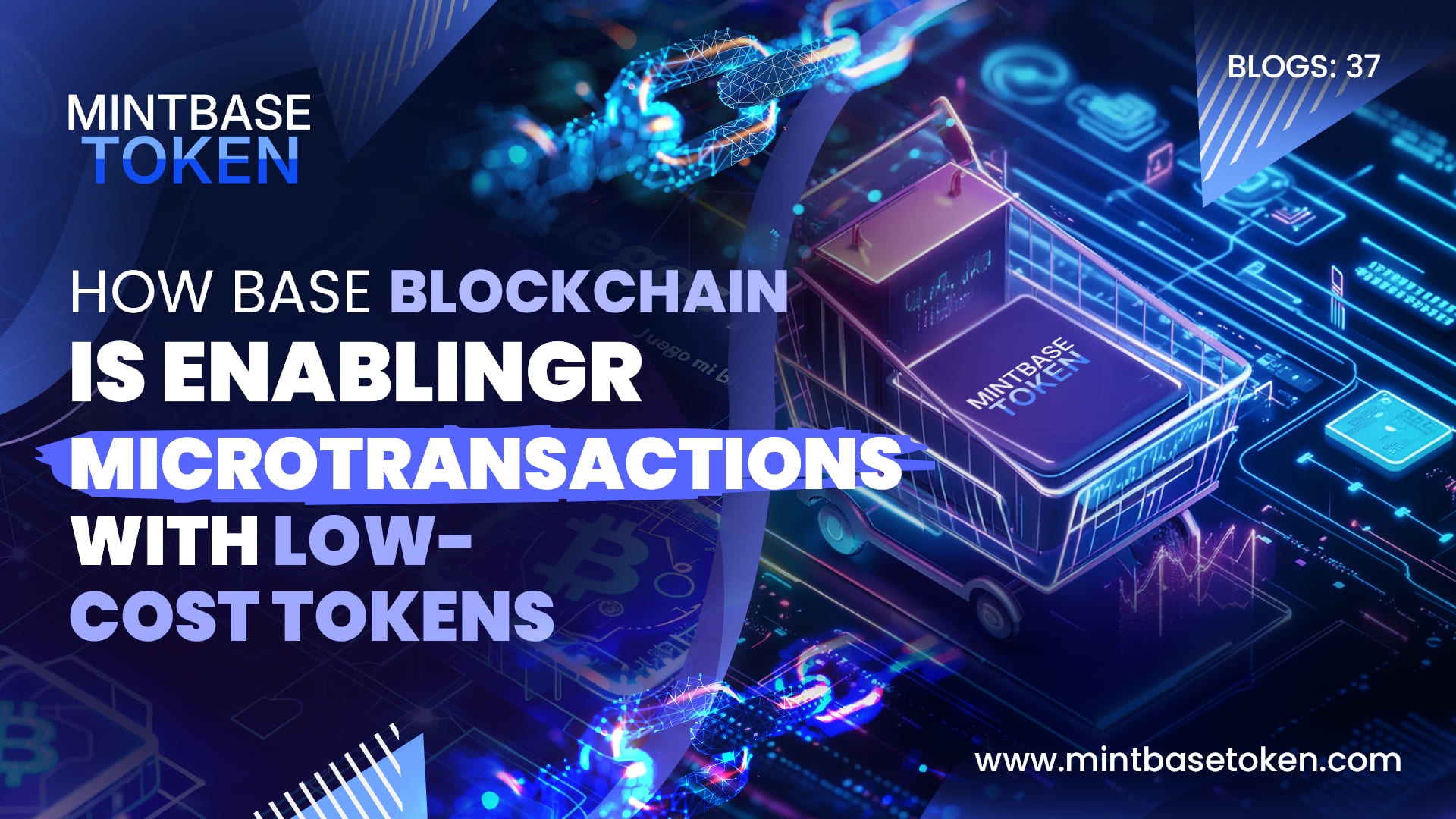September 25, 2024
The Complete Guide to Minting Utility Tokens on Base Chain in 2024
In 2024, Base Chain is emerging as one of the leading platforms for creating and launching utility tokens. Whether you’re developing a decentralized application (dApp) or creating a DeFi project, minting utility tokens on Base Chain offers several benefits, including scalability, low fees, and a growing ecosystem. In this blog, we’ll walk you through the process of minting utility tokens on Base Chain and explore why it’s an excellent choice for developers.
1. What Are Utility Tokens?
Utility tokens are digital assets that provide users with access to specific products, services, or functionalities within a blockchain ecosystem. Unlike security tokens, which represent ownership or investment, utility tokens are primarily used within a specific platform for functions like governance, staking, or accessing features of a dApp. By minting utility tokens on Base Chain, developers can create tokens that serve a variety of purposes within their projects.
2. Why Mint on Base Chain?
Base Chain offers several advantages for minting utility tokens:
- Low Transaction Fees: One of the key reasons to choose Base is its low gas fees, making it cost-effective to mint and manage tokens.
- Scalability: Base Chain is built to handle large-scale applications and transactions, ensuring that your tokens can be used by a growing number of users without bottlenecks.
- Security: The Base blockchain offers robust security features, protecting your token and its users from attacks.
3. Step-by-Step Guide to Minting Utility Tokens on Base Chain
Here’s how you can mint your own utility tokens on Base Chain:
Step 1: Set Up Your Development Environment
Before you start minting tokens, you need to set up your development environment. Tools like Remix or Truffle can help you write and deploy smart contracts on Base Chain. Ensure you have a wallet like MetaMask configured to interact with the Base network.
Step 2: Write the Smart Contract
To mint utility tokens, you’ll need to write a smart contract that defines the token’s properties, such as its name, symbol, total supply, and functionality. You can use ERC-20 or other token standards compatible with Base Chain to ensure interoperability.
Step 3: Test Your Contract on a Testnet
Before deploying your smart contract on the main Base network, it’s a good idea to test it on a testnet. This allows you to identify any bugs or issues in the code without risking real funds.
Step 4: Deploy the Contract and Mint Your Tokens
Once you’re satisfied with the testing, you can deploy your smart contract on the Base mainnet. After deployment, use the contract to mint the desired number of utility tokens, which will then be distributed to your project’s users or participants.
4. Use Cases for Utility Tokens on Base Chain
Governance: Use utility tokens to give your community voting power in decisions regarding your project’s future.
Access to Features: Allow users to spend tokens to unlock premium features within your platform.
Staking: Encourage users to stake their tokens to earn rewards or secure the network.
Conclusion
Minting utility tokens on Base Chain in 2024 provides developers with a scalable, secure, and cost-effective solution. By following a few simple steps, you can create a token that serves various purposes within your project and takes full advantage of the growing Base Chain ecosystem.
